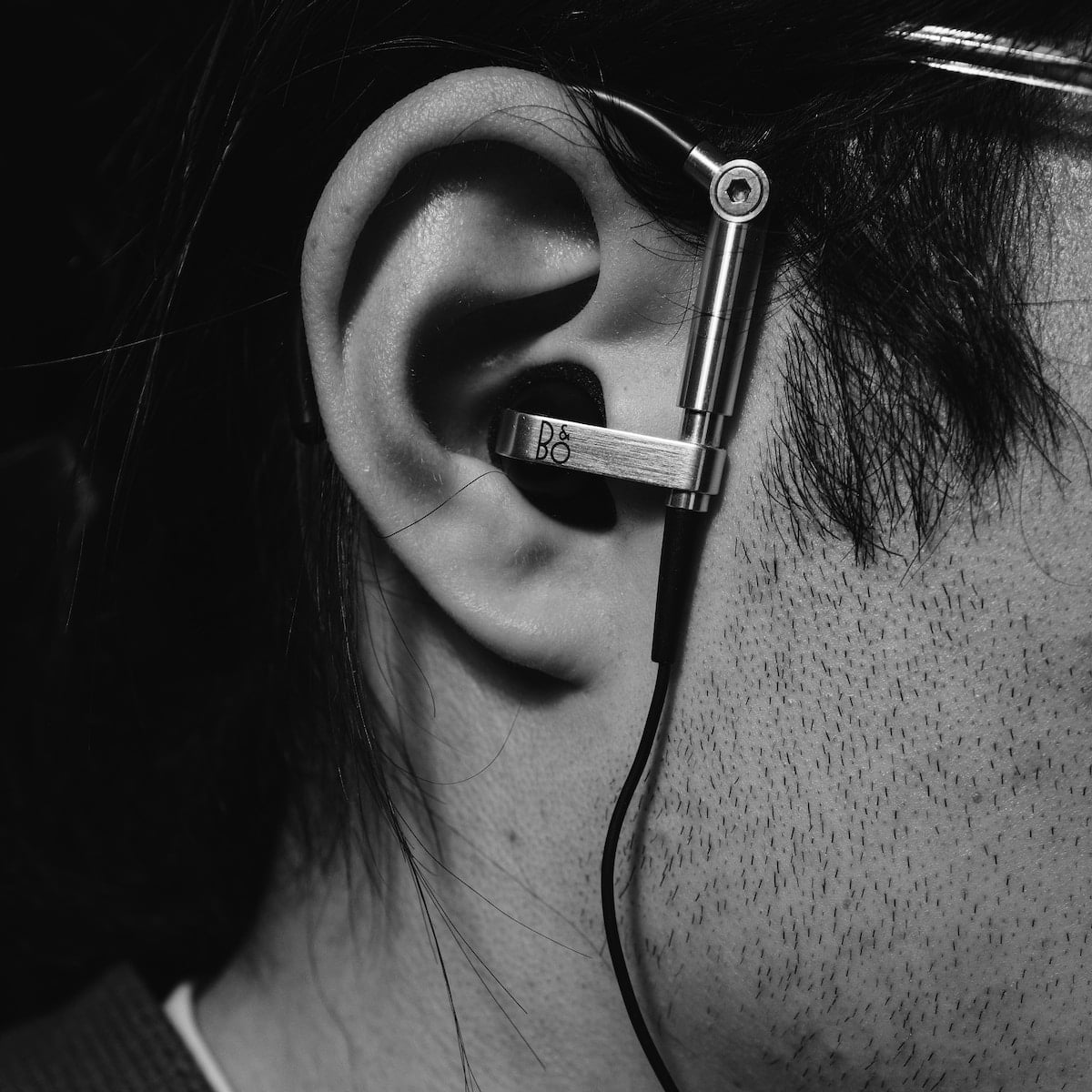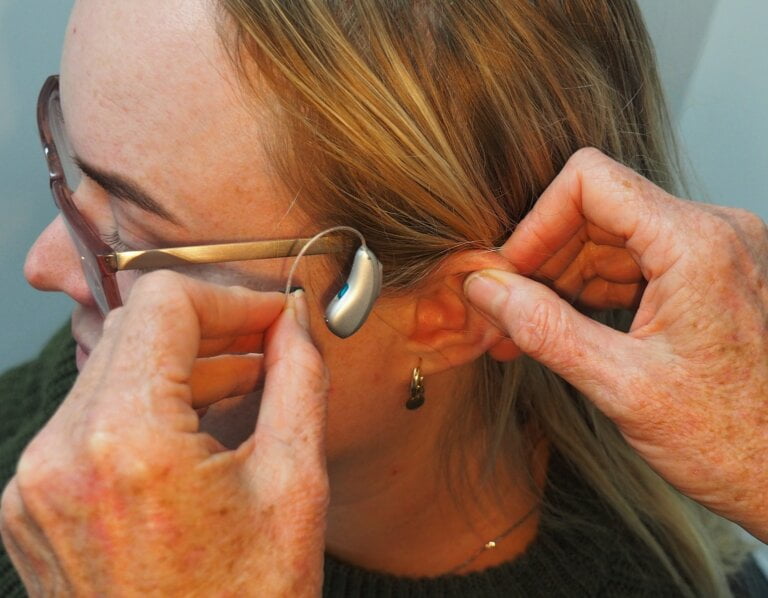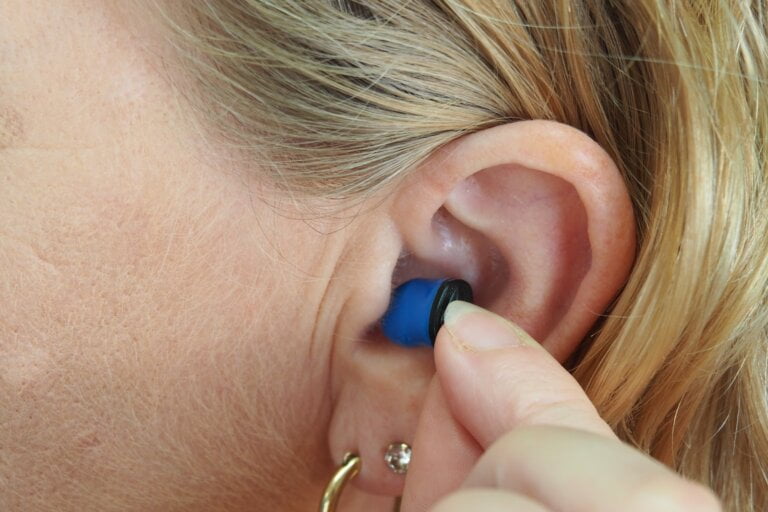A Solid Foundation: Understanding Beginner Courses in Microsuction
Microsuction is a widely practiced technique used to remove earwax and foreign objects from the ear canal. As with any medical procedure, it requires a high level of skill and expertise. For those interested in pursuing a career in microsuction, beginner courses are an essential first step. This article aims to provide a comprehensive understanding of beginner courses in microsuction, covering their importance, content, and benefits.
Why are Beginner Courses in Microsuction Important?
- Fundamental Knowledge: Beginner courses provide individuals with a solid foundation of theoretical knowledge and practical skills necessary for performing microsuction safely and effectively. These courses cover the anatomy of the ear, common ear conditions, infection control, and the proper use of equipment.
-
Anatomy of the Ear: Understanding the structure and function of the ear is crucial for performing microsuction. Beginner courses delve into the anatomy of the external, middle, and inner ear. Participants learn about the different components of the ear, such as the pinna, ear canal, and eardrum. This knowledge helps practitioners identify potential issues and perform the procedure safely.
-
Common Ear Conditions: Beginner courses also cover common ear conditions that may require microsuction, including impacted earwax, foreign bodies, and otitis media. Participants learn how to identify these conditions, differentiate between them, and determine the appropriate course of action. This knowledge is vital for successful microsuction procedures.
-
Infection Control and Equipment Usage: Safety measures and infection control protocols are emphasized in beginner courses. Participants learn about the importance of maintaining a sterile environment, disinfecting equipment, and utilizing appropriate personal protective equipment (PPE). They also gain an understanding of the proper usage and handling of microsuction equipment, such as suction pumps and specula.
- Safety Measures: Microsuction requires precision and care to avoid any potential harm to the patient. Beginner courses emphasize safety protocols, including proper hygiene practices, infection prevention, and the use of PPE. These measures protect both the practitioner and the patient.
-
Proper Hygiene Practices: Beginner courses educate participants on the importance of maintaining proper hygiene during microsuction procedures. This includes hand hygiene, wearing gloves, and sterilizing equipment. By following these practices, practitioners can minimize the risk of infections and ensure patient safety.
-
Infection Prevention: Infection control is a crucial aspect of microsuction. Beginner courses provide comprehensive training on disinfection techniques, including the use of appropriate disinfectants and cleaning protocols for equipment. Participants learn how to create a sterile environment to prevent the spread of infections.
-
Use of Personal Protective Equipment (PPE): Beginner courses emphasize the importance of using PPE to protect both the practitioner and the patient. Participants are trained on the correct usage of gloves, masks, goggles, and aprons. By adhering to proper PPE protocols, practitioners can minimize the risk of cross-contamination and ensure a safe environment for all.
- Legal Compliance: Many countries have regulations and licensing requirements for practicing microsuction. Completing a recognized beginner course ensures compliance with these legal and professional standards, enabling individuals to pursue a career in this field.
-
Regulations and Licensing: Beginner courses provide individuals with the necessary knowledge and skills required by regulatory bodies and licensing authorities. By completing a recognized course, practitioners fulfill the educational requirements needed to obtain the necessary licenses and certifications to practice microsuction legally.
-
Professional Standards: Beginner courses also ensure compliance with professional standards in the field of microsuction. By familiarizing participants with the best practices and guidelines, these courses help practitioners maintain high standards of care and professionalism throughout their careers.
Content of Beginner Courses in Microsuction
- Anatomy and Physiology: Understanding the structure and function of the ear is crucial for performing microsuction. Beginner courses cover topics such as the external, middle, and inner ear, eardrum examination, and the auditory pathway. This knowledge helps practitioners identify potential issues and perform the procedure safely.
-
External Ear: Beginner courses provide an in-depth understanding of the external ear, including its components and their functions. Participants learn about the pinna, ear canal, and cerumen (earwax) production. This knowledge helps practitioners assess the external ear and identify any abnormalities or conditions that may require microsuction.
-
Middle Ear: Beginner courses also cover the middle ear and its structures, such as the tympanic membrane (eardrum), ossicles, and Eustachian tube. Participants learn how to perform an eardrum examination and assess its health. This knowledge is crucial for determining the suitability of microsuction and ensuring patient safety.
-
Inner Ear and Auditory Pathway: Beginner courses provide an overview of the inner ear and its role in hearing. Participants learn about the cochlea, vestibular system, and the auditory pathway. This understanding helps practitioners comprehend the potential impact of microsuction on the overall auditory system and ensure accurate and safe procedures.
- Ear Conditions: Beginner courses delve into common ear conditions, such as impacted earwax, foreign bodies, and otitis media. Participants learn how to identify these conditions, differentiate between them, and determine the appropriate course of action. This knowledge is vital for successful microsuction procedures.
-
Impacted Earwax: Beginner courses provide detailed information on impacted earwax, its causes, and associated symptoms. Participants learn how to recognize the signs of impacted earwax and understand the potential risks it poses to the patient’s hearing. They also learn the techniques for safe and effective removal of impacted earwax through microsuction.
-
Foreign Bodies: Beginner courses cover the identification and management of foreign bodies in the ear canal. Participants learn about the common types of foreign bodies encountered, such as insects, beads, or small objects. They gain knowledge on the appropriate techniques to safely remove these foreign bodies using microsuction, ensuring the patient’s comfort and safety.
-
Otitis Media: Beginner courses also address otitis media, an inflammation or infection of the middle ear. Participants learn about the different types of otitis media, their causes, and symptoms. They gain an understanding of how microsuction can be used as a treatment option for certain cases of otitis media, ensuring optimal patient care.
- Microsuction Techniques: The practical aspect of beginner courses focuses on teaching participants the various microsuction techniques. This includes the proper use of microsuction equipment, such as suction pumps and specula. Students gain hands-on experience by practicing on models or simulated scenarios under professional supervision.
-
Equipment Usage: Beginner courses provide detailed training on the proper usage of microsuction equipment. Participants learn about different types of suction pumps and specula, their functions, and how to handle them safely. They also gain practical experience in assembling and disassembling the equipment for effective use.
-
Techniques and Procedures: Beginner courses cover a range of microsuction techniques and procedures. Participants learn about the different approaches to microsuction, such as using different sizes of specula or adjusting suction pressure. They also gain insights into the step-by-step process of a microsuction procedure, from patient preparation to post-procedure care.
-
Simulated Scenarios: To enhance practical skills, beginner courses often provide opportunities for participants to practice microsuction techniques on models or simulated scenarios. Under the guidance of experienced instructors, participants can refine their techniques, gain confidence, and develop the dexterity required for successful microsuction procedures.
- Safety and Infection Control: Safety measures and infection control protocols are crucial aspects of beginner courses. Participants learn about the importance of maintaining a sterile environment, disinfecting equipment, and utilizing appropriate PPE. These practices minimize the risk of infections and ensure patient safety.
-
Sterile Environment: Beginner courses emphasize the significance of creating and maintaining a sterile environment during microsuction procedures. Participants learn about the proper cleaning and disinfection of the workspace, including surfaces, instruments, and equipment. They also gain knowledge on aseptic techniques to prevent contamination during the procedure.
-
Disinfection of Equipment: Proper disinfection of microsuction equipment is essential to minimize the risk of infections. Beginner courses provide detailed instructions on the appropriate disinfection techniques for different types of equipment, including suction pumps, specula, and accessories. Participants learn about the use of disinfectants, sterilization methods, and regular maintenance of the equipment.
-
Personal Protective Equipment (PPE): Beginner courses highlight the importance of using appropriate PPE to ensure the safety of both the practitioner and the patient. Participants learn about the different types of PPE, such as gloves, masks, goggles, and aprons, and how to properly wear and dispose of them. They understand the role of PPE in preventing cross-contamination and maintaining a safe environment.
- Patient Communication and Care: Effective communication with patients is essential in any medical procedure. Beginner courses emphasize the importance of establishing rapport, obtaining consent, and explaining the procedure to the patient. Additionally, participants learn about aftercare instructions and how to address any concerns or complications that may arise.
-
Establishing Rapport: Beginner courses focus on developing effective communication skills to build trust and establish rapport with patients. Participants learn techniques for active listening, empathy, and clear communication to ensure patient comfort and cooperation during the microsuction procedure.
-
Informed Consent: Obtaining informed consent is a critical component of patient care. Beginner courses educate participants on the importance of explaining the microsuction procedure to patients, including its benefits, risks, and alternatives. They also learn how to address any questions or concerns raised by the patient and document the consent process appropriately.
-
Aftercare Instructions: Beginner courses provide guidance on providing aftercare instructions to patients following a microsuction procedure. Participants learn about the necessary precautions, such as avoiding water exposure or excessive noise, to promote optimal healing and prevent complications. They also gain insights into addressing common post-procedure concerns, such as temporary hearing changes or discomfort.
Benefits of Completing Beginner Courses in Microsuction
- Enhanced Competence: Beginner courses provide individuals with the necessary skills and knowledge to confidently perform microsuction. This competence allows practitioners to deliver high-quality care and achieve successful outcomes for their patients.
-
Skill Development: Beginner courses focus on developing the practical skills required for performing microsuction. Participants gain hands-on experience, refine their techniques, and develop the necessary dexterity and precision. This skill development enhances their overall competence in performing microsuction procedures.
-
Knowledge Expansion: Beginner courses expand participants’ theoretical knowledge about the ear, ear conditions, microsuction techniques, safety measures, and patient care. By acquiring a comprehensive understanding of these aspects, practitioners can make informed decisions, adapt to different scenarios, and provide optimal care to their patients.
- Career Advancement: Completing a recognized beginner course in microsuction opens up opportunities for career advancement in the field. It demonstrates a commitment to professional development and can enhance job prospects, whether in private practice, hospitals, or audiology clinics.
-
Professional Recognition: Employers in the field of microsuction value individuals who have completed recognized beginner courses. By showcasing their knowledge and skills obtained through these courses, practitioners can stand out in the job market and increase their chances of securing desirable positions.
-
Continuing Education: Beginner courses serve as a stepping stone for individuals interested in pursuing further education and specialization in microsuction. They provide a strong foundation for advanced courses and certifications, allowing practitioners to continually expand their knowledge and skills.
- Patient Trust and Safety: Patients place their trust in healthcare professionals, especially when it comes to delicate procedures like microsuction. By completing a beginner course, practitioners gain credibility and instill confidence in their patients, ensuring their safety and overall satisfaction.
-
Credibility and Trust: Completing a recognized beginner course demonstrates a commitment to professional development and continuous learning. This achievement enhances the credibility of practitioners and instills trust in their patients, assuring them of their competence and expertise in performing microsuction.
-
Patient Safety: Beginner courses emphasize safety measures, infection control protocols, and proper equipment usage. By adhering to these standards, practitioners prioritize patient safety and minimize the risk of complications or adverse events during microsuction procedures.
- Continuing Education: Beginner courses serve as a solid foundation for individuals interested in pursuing further education and specialization in microsuction. They provide the necessary knowledge and skills to support ongoing learning and professional growth.
-
Specialization Opportunities: Beginner courses lay the groundwork for advanced courses and certifications in microsuction. By completing these courses, practitioners can explore specialization options, such as advanced techniques or specialized areas within the field. This ongoing education allows them to stay updated with the latest advancements and provide the best possible care to their patients.
-
Professional Networking: Beginner courses provide opportunities for participants to connect with other professionals in the field of microsuction. This networking can lead to collaborations, mentorship, and access to valuable resources, further supporting their continuing education and career development.
In conclusion, beginner courses in microsuction are vital for individuals seeking to start a career in this field. These courses provide participants with a solid foundation of theoretical knowledge and practical skills necessary for performing microsuction safely and effectively. By covering topics such as anatomy, ear conditions, techniques, safety measures, and patient communication, beginner courses ensure that practitioners are well-prepared to deliver high-quality care. Completing a recognized beginner course not only enhances competence but also opens up opportunities for career advancement and further specialization.
Note: The complete article is provided in Markdown format below:
“`
Microsuction is a widely practiced technique used to remove earwax and foreign objects from the ear canal. As with any medical procedure, it requires a high level of skill and expertise. For those interested in pursuing a career in microsuction, beginner courses are an essential first step. This article aims to provide a comprehensive understanding of beginner courses in microsuction, covering their importance, content, and benefits.
Why are Beginner Courses in Microsuction Important?
- Fundamental Knowledge: Beginner courses provide individuals with a solid foundation of theoretical knowledge and practical skills necessary for performing microsuction safely and effectively. These courses cover the anatomy of the ear, common ear conditions, infection control, and the proper use of equipment.
- Anatomy of the Ear: Understanding the structure and function of the ear is crucial for performing microsuction. Beginner courses delve into the anatomy of the external, middle, and inner ear. Participants learn about the different components of the ear, such as the pinna, ear canal, and eardrum. This knowledge helps practitioners identify potential issues and perform the procedure safely.
FAQ
- What does a beginner course in microsuction cover?
- Beginner courses cover the anatomy of the ear, common ear conditions, infection control, and the proper use of equipment.
- Why is understanding the anatomy of the ear important for microsuction?
- Understanding the anatomy of the ear is crucial for performing microsuction safely. It helps practitioners identify potential issues and perform the procedure safely.
- What are some common ear conditions covered in beginner courses?
- Beginner courses cover common ear conditions such as impacted earwax, foreign bodies, and otitis media.
- What is the importance of infection control in microsuction?
- Infection control is crucial in microsuction to prevent the spread of infections. Beginner courses emphasize the importance of maintaining a sterile environment and utilizing appropriate personal protective equipment (PPE).







